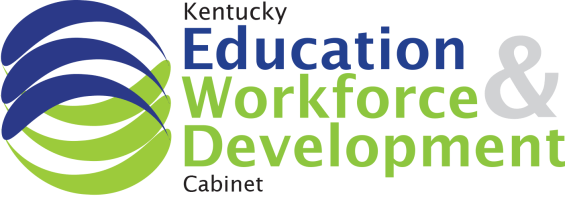
Risk Management and Lean Six Sigma: An Overview from BPG CEO Paul Gormas
Risk Management and Lean Six Sigma: An Overview
Managing risk is something we do every day, often without even thinking about it. It is a big part of our lives right now as we manage the risk of Covid 19. When and where should we wear a mask? When should we social distance and by how much? We take risks whenever we drive a car or get on a plane, and we take risks when we invest our hard-earned money.
In organizations we also wrestle with risk every day. Anytime we make a decision, we are taking a risk. If we make a decision to do nothing, we are taking a risk that the current state is just fine and the best outcomes will be achieved by doing nothing different. Likewise, anytime we decide to make a change, there are risks associated with the process of making change, and there are risks associated with the changed future state.
Interestingly, Lean Six Sigma both creates risks and mitigates risks. One of the most basic concepts in Lean Six Sigma is “continuous process improvement.” This phrase is often used to define Lean Six Sigma. Whenever a process, product or service is improved, it is changed. And if these things are continuously improved, that means they are continuously changing, and that means there are ongoing risks to be managed. So by applying the Lean Six Sigma methodology, we are creating risk. But at the same time, one of the primary objectives of Lean Six Sigma is to mitigate risk. We identify that the current state of a process is posing unsatisfactory risks to our performance goals. So we decide to improve it and reduce the risks of quality, cost, or time related issues. When we identify causes of problems and implement solutions to improve process outcomes, we are managing risks.
A specific tool that we teach about and use in the Analyze phase of the Six Sigma DMAIC methodology is FMEA (Failure Modes and Effects Analysis). FMEA can be used to improve the safety, robustness and functionality of products and services, reduce warranty issues, and reduce the day-to-day operational issues. FMEA ranks the Seriousness of issues, their Occurrence and Detectability, each on a scale of 1-10, then multiplies these numbers together to create the RPN, Risk Priority Number. Then the issues are sorted by their RPN numbers with the highest risk items at the top of the list.
Risk Management is a critical concept in Lean Six Sigma. We need to be willing to take risks to improve our processes, and effectively manage the risks of change in order to mitigate the risks of achieving Peak Performance!
Paul Gormas,
BPG Chief Executive Officer







